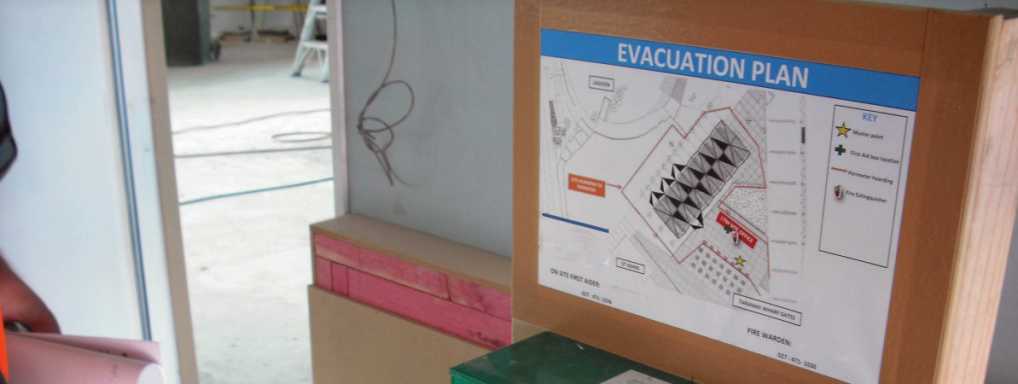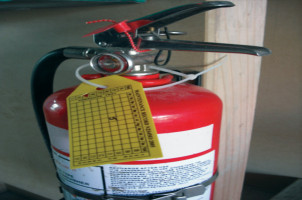Are you prepared for an emergency?
23 Nov 2013, Prove Your Know How, Safety

For the safety of everyone on site, ensure you have procedures in place for any emergency that could occur – and that everyone knows what those procedures are and why they’re important.
Most health and safety plans and procedures focus on harm prevention, but it’s just as important to be prepared for an emergency situation such as fires, earthquakes etc.
It’s vital you and your employees know what to do, if an emergency were to happen on site. The Health and Safety in Employment Act (HSE) requires every employer to develop procedures to deal with emergencies. Best practice is to work through those procedures with all employees and contractors.
Responsibilities
Everyone on site has a part to play in preventing harm and ensuring each other’s safety.
- Employers must develop a plan and make sure it works and has been practised, with everyone understanding their individual roles and responsibilities.
- Employees have the responsibility to be familiar with their specific roles and responsibilities, if an emergency was to occur.
Evacuation and rescue procedures
Emergency situations are stressful and can heighten anxiety, leaving people confused about what to do next. It is important to have a specific step-by step procedure of what to do in an emergency situation. Consider the following when developing your evacuation and rescue procedures:
1. Emergency Evacuation Plan
- Have your plan visible, up to date and easy to find and read.
- Make sure assembly points are easily displayed and well known.
- When calling the emergency services, be clear about the site address, travel time, landmarks and any significant hazards on site
“When inducted onto site, workers sould be made aware of the assembly points and what to do in an emergency situation
2. Training
- When inducted onto site, workers should be made aware of the assembly points and what to do in an emergency situation.
- Run regular and random emergency drills, so that everyone knows their responsibilities.
- Run additional training for those who need to perform specific rescue tasks, such as from a fall arrest harness system.
3. First Aid Kit/Civil Defence Kits
- Do you have a first aid kit?
- Do you have a civil defence kit?
- Are they easy to locate?
- Do all vehicles have both kits, so that you can be sure each site will have access to emergency supplies?
4. First Aid Training
- It’s best practice to have everyone on site trained in first aid (especially in case your only first aider gets injured).
- Your first aid training should cover:
- How to resuscitate and start the heart – CPR.
- How to stop major bleeding.
- How to treat burns, scalds and shock.
Communication is vital
Your documented emergency procedure is a form of communication between the employer and the employees – make it clear and easy to read, so everyone understands what to do.
Other points to consider when planning:
- How will your company know when an emergency situation is happening?
- How will you know that everyone is safe, including lone workers?
- Are any of your employeesor yourself working alone?
- Is there a language barrier with people on site?
- Can everyone read and understand your procedures and signs?
- Are you working in a remote location?
- Are there any unusual features to the site?
- Is the wind a potential issue?
The Ministry of Business, Innovation and Employment (MBIE) has a newservice delivery. To notify MBIE of any serious accidents/incidents and/or significantly hazardous work, contact their central response team on 0800 20 90 20 or email healthsafety.notification@dol.govt.nz.
Three key points to remember:
- Have you got a rescue plan in place?
- Does everyone know about it?
- Has it been practised?
About Site Safe
Site Safe’s FREE downloadable Site Specific Safety Plan (SSSP) has a Emergency Evacuation Plan template for you to use, along with other helpful templates and registers.
Head to www.sitesafe.org.nz or call 0800 SITE SAFE for your FREE (SSSP) download.
Site Safe NZ Inc is a not-for-profit, membership-based organisation that promotes a culture of safety in the New Zealand construction and related industries.
Register to earn LBP Points Sign in




